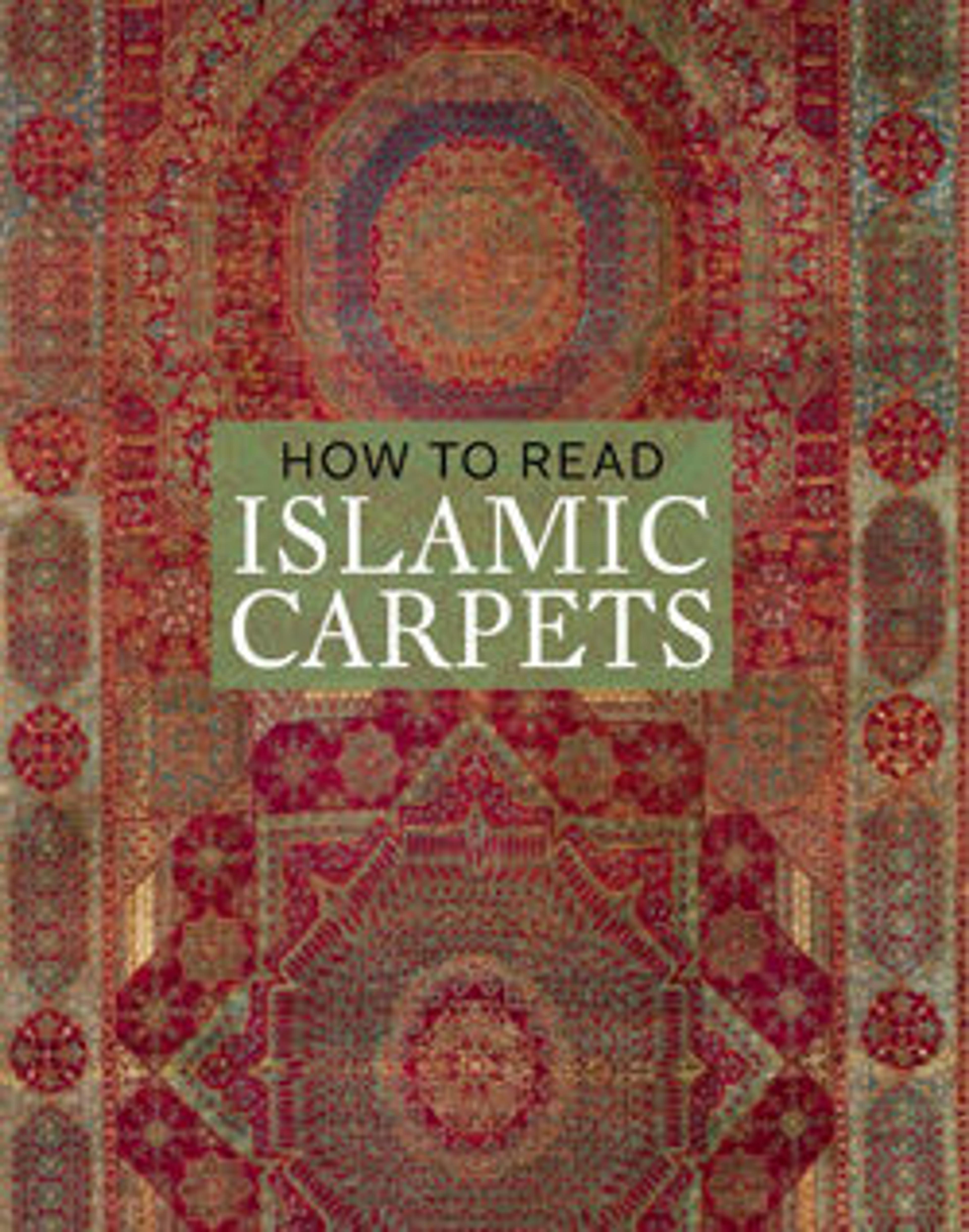Carpet with Palm Trees, Ibexes, and Birds
This carpet, with its pictorial depiction of trees, birds, and animals, is conceived like a textile with a repeat design in which each unit reverses the direction of the preceding one. The ibexes, Chinese mythological beasts called qilins, and animals in combat, are derived from Safavid Persian art, as is the border design of cartouches and star-shaped medallions with cloud bands. The palm tree, however, is a very Indian feature, as is the generally naturalistic drawing of the flora and fauna and the bright red color of the field. The relationship to Persian carpet design dates this example to the early Mughal period, soon after the first carpet workshops were established by the emperor Akbar in Lahore, Agra, and Fatehpur Sikri.
Artwork Details
- Title: Carpet with Palm Trees, Ibexes, and Birds
- Date: late 16th–early 17th century
- Geography: Probably made in present-day Pakistan, Lahore
- Medium: Cotton (warp and weft), wool (pile); asymmetrically knotted pile
- Dimensions: Rug: L. 328 in. (833.1 cm)
W. 108 in. (274.3 cm)
Wt. 132 lbs. (59.9 kg)
Storage Tube: L. 132 in. (335.3 cm)
Diam. 9 in. (22.9 cm) - Classification: Textiles-Rugs
- Credit Line: Gift of J. Pierpont Morgan, 1917
- Object Number: 17.190.858
- Curatorial Department: Islamic Art
More Artwork
Research Resources
The Met provides unparalleled resources for research and welcomes an international community of students and scholars. The Met's Open Access API is where creators and researchers can connect to the The Met collection. Open Access data and public domain images are available for unrestricted commercial and noncommercial use without permission or fee.
To request images under copyright and other restrictions, please use this Image Request form.
Feedback
We continue to research and examine historical and cultural context for objects in The Met collection. If you have comments or questions about this object record, please complete and submit this form. The Museum looks forward to receiving your comments.
